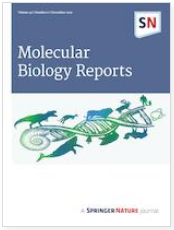 Pathogenic variants in the HINT1 gene lead to hereditary axonopathy with neuromyotonia. However, many studies show that neuromyotonia may remain undiagnosed, while axonopathy is the major clinical finding. The most common cause of neuromyotonia and axonopathy, especially in patients of Slavic origin, is a c.110G>C (p.Arg37Pro) pathogenic variant in homozygous or compound heterozygous state.
Pathogenic variants in the HINT1 gene lead to hereditary axonopathy with neuromyotonia. However, many studies show that neuromyotonia may remain undiagnosed, while axonopathy is the major clinical finding. The most common cause of neuromyotonia and axonopathy, especially in patients of Slavic origin, is a c.110G>C (p.Arg37Pro) pathogenic variant in homozygous or compound heterozygous state.
In this study, Russian researchers analyzed a peripheral neuropathy caused by pathogenic variants in the HINT1 gene and evaluated its contribution to the hereditary neuropathy structure. The studied group included 1596 non-related families diagnosed with hereditary motor and sensory neuropathy (HMSN).
The results show that HINT1 gene pathogenic variants make a significant contribution to the hereditary neuropathy epidemiology in Russian patients. They account for at least 1.9% of all HMSN cases and 9% of axonopathy cases. The most common HINT1 pathogenic variant in Russian patients is the c.110G>C (p.Arg37Pro) substitution. Its allelic frequency is 0.2% (95% CI 0.19-0.21%), carrier frequency is 1 in 250 people in Russian Federation, and the estimated disease incidence is 1 in 234,000 individuals.
It was determined that the cause of this pathogenic variant’s prevalence is the founder effect.
